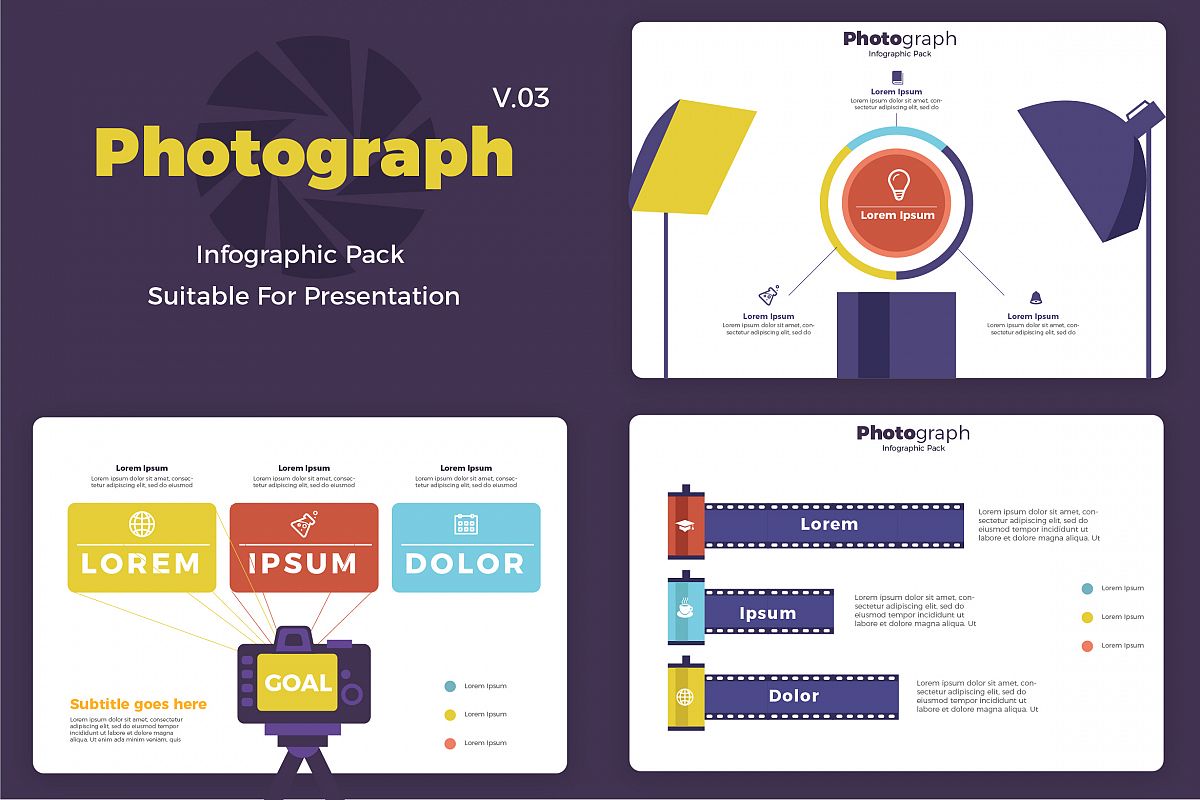Photography Tips For Beginners: Understanding Your Cam In No Time
Photography Tips For Beginners: Understanding Your Cam In No Time
Blog Article
Material Author-Barrett Elmore
When you first pick up your camera, it can feel overwhelming with all the settings and alternatives available. You may find yourself asking yourself exactly how to browse aperture, shutter speed, and ISO efficiently. Mastering these basics is critical, yet there's even more to digital photography than simply technical knowledge. Recognizing composition methods and illumination conditions can raise your images dramatically. So, suppose you could learn easy approaches to enhance your skills and start capturing excellent photos faster than you believe? Allow's explore how to change copyright Photo .
Understanding Cam Settings
Comprehending your electronic camera settings is essential for capturing spectacular pictures. When you get your electronic camera, familiarize yourself with the three major settings: aperture, shutter speed, and ISO. Each plays an important function in just how your pictures end up.
Beginning with aperture, which regulates the amount of light entering the lens. A bigger aperture (lower f-number) allows more light and produces a lovely background blur, perfect for pictures. On the other hand, a narrower aperture (greater f-number) keeps more of the scene in emphasis, perfect for landscapes.
Next, concentrate on shutter speed. This setting determines the length of time your electronic camera's sensing unit is exposed to light. A fast shutter rate ices up activity, which is fantastic for activity shots, while a slow-moving shutter speed can develop magnificent results like smooth water in landscapes.
Lastly, adjust your ISO. This setup affects your video camera's sensitivity to light. A higher ISO serves in low-light circumstances but can present noise or grain. Go for the lowest ISO possible while still achieving proper exposure.
Structure Methods
When you're out capturing, make-up can make all the difference in just how your images resonate with audiences. Begin by using the policy of thirds; visualize your structure divided right into nine equivalent areas with 2 horizontal and 2 upright lines. https://www.diyphotography.net/how-to-make-a-diy-posing-table-for-newborn-photography/ along these lines or at their intersections to produce balance and rate of interest.
Next, consider leading lines. These natural lines in your scene, like roads or rivers, attract the visitor's eye right into the photograph, leading them via the story you're telling.
Don't ignore mounting; usage components within your scene, like trees or windows, to develop a structure around your topic, adding deepness and focus.
Likewise, keep an eye on your background. A messy history can sidetrack from your major topic, while a straightforward one assists it stand out.
Last but not least, explore proportion and patterns; they can develop a striking photo that captures attention.
Learning Lighting Issues
Mastering lights conditions is critical for catching spectacular pictures, as the best light can transform an ordinary scene into something amazing.
Beginning by observing natural light at various times of the day. Mornings and late afternoons offer the most effective light, called the golden hour. The soft, cozy tones during these times can improve your pictures beautifully.
Don't avoid overcast days either; diffused light can minimize rough darkness and develop a pleasing effect, particularly for pictures.
Explore backlighting by positioning your topic versus the light. This technique can create a fanciful halo result and include depth to your pictures.
Focus on your electronic camera settings also. Adjust the ISO, aperture, and shutter rate to suit the lighting conditions. A greater ISO can assist in low light, however be cautious of grain.
Make https://telegra.ph/Unlock-The-Tricks-To-Finding-The-Perfect-Electronic-Camera-For-Your-Requirements-However-Which-Kind-Will-Genuinely-Record-Your-V-01-07 of a tripod in darker environments to avoid blur.
Last but not least, do not fail to remember artificial lights. Flash and continual lights can be excellent devices for managing light in challenging problems.
Final thought
In conclusion, understanding your video camera does not need to be frustrating. By recognizing your settings, applying structure methods, and taking advantage of the power of all-natural light, you'll promptly boost your digital photography skills. Keep in https://writeablog.net/erich80zona/innovative-ways-to-market-your-digital-photography-solutions , practice makes excellent, so go out there and trying out your newfound understanding. With time and devotion, you'll be capturing spectacular images that mirror your special point of view. Delight in the journey, and do not neglect to have fun while you're at it!
